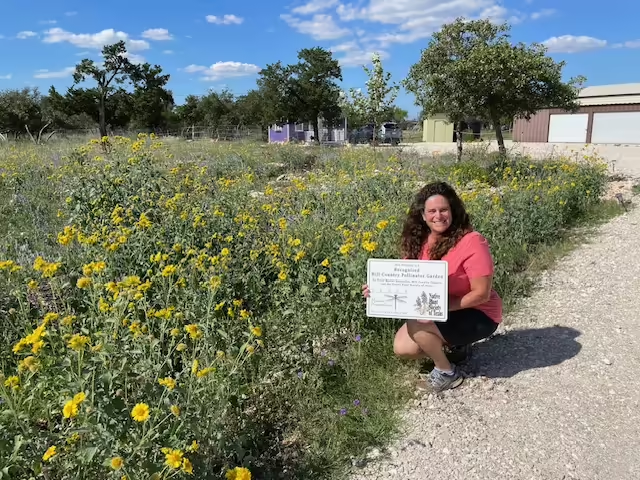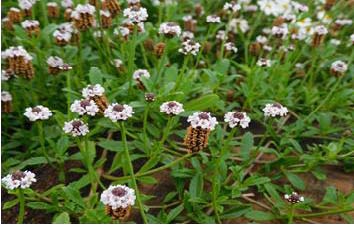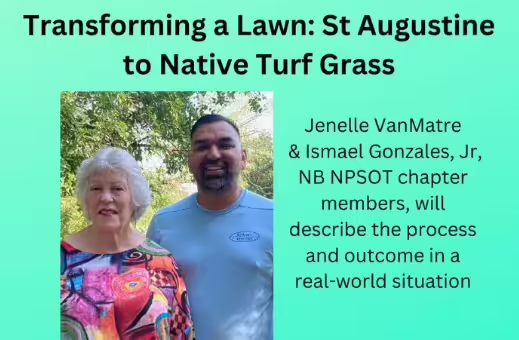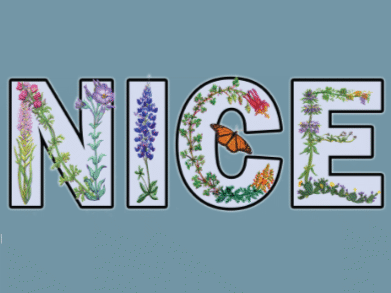News and announcements from our committee chairs, board members, and chapter leaders. Subscribe to our mailing list to stay up to date. For chapter news, visit Chapters. If you are looking for a calendar of events, see our Events Calendar.

Diagnosing and Treating Issues with Native Plants
Andrew Labay, horticulturist and plant biologist from San Antonio Botanical Garden, discuss best practices in growing native plants.

Creating a Pollinator Garden Step-by-Step
If you want to create a pollinator garden, but don’t know where to start, Holly Simonette, this month’s speaker at Native Plant Society of Texas (NPSOT) Fredericksburg Chapter, will share tips and resources for going from blank slate to recognized pollinator garden

July 2024 Plant of the Month
One of the best native groundcovers, and loves the heat. Click on the plant below for more details

Transforming a Lawn: St Augustine to Native Turf Grass
A step by step presentation on transforming a St Augustine lawn to a Native grass using seeds, erosion protection, etc. June 2024

$2000 Bill Lindemann Scholarship Awarded to Mercedes Burks
The Fredericksburg Chapter of the Native Plant Society of Texas (NPSOT) has awarded its $2,000 “Bill Lindemann Scholarship” to Mercedes Burks, a student at Texas A & M University.
“Our chapter board was impressed with Ms. Burks’ commitment to improve Texas ecosystems,” noted Deborah Simmons, President of the Fredericksburg chapter of NPSOT.

New Year – New Look for Your Landscape with North Texas Natives
With the ringing in of the new year, often comes resolutions and promises of fresh starts. This should include planning for a fresh, local makeover of your landscape with native North Texas plants. Why North Texas Native Plants? Plants native to North Texas are well adapted to our challenging local

Creating Vertical Gardens: Native Vines of North Texas
This spring, when considering the native North Texas plants to add to your landscape, do not forget about vines. They are an often-overlooked plant type that offers a variety of benefits to your yard. In addition to providing habitat for birds and other wildlife, and sustenance for pollinators, vines can

Hardy and Humble Gems of North Texas – Native Sedges
In our North Texas woodlands, there is an unassuming but essential gem among our native plants – Sedges (Carex). They often reside out of sight and with little notice across North America and here in North Texas. Amazingly, the Wildflower Center database lists 669 species of Sedges in North America

A Beginner’s Guide to Identifying Native North Texas Plants
Upon starting your journey into native Texas plants, one of the challenges most of us face is determining the name of a possible native plant and whether it is native to North Texas. Many non-native / exotic plants can easily be mistaken for natives, and there can be confusion over




